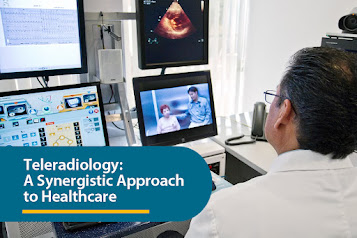Role of TeleHealth in Chronic Disease Management

Introduction The role of TeleHealth in the healthcare system continues to invoke tremendous responses. One of the most promising and significant applications of TeleHealth has been in Chronic Disease Management. We are all aware that chronic diseases like diabetes, hypertension and arthritis to quote few require continuous medical attention. This is where TeleHealth can help in Chronic Disease treatment through remote access to high-quality healthcare services. Additionally, TeleHealth has been a game-changer when it comes to reduce the need for in-person visits to hospitals, thereby improving patient experience and outcomes. Benefits of TeleHealth for Chronic Care Management TeleHealth for chronic conditions brings in several advantages. Enhanced access to quality healthcare TeleHealth can assist patients with access to superior quality healthcare services right from the comforts of their homes. This has brought in a huge change from the requirement of travelling long distances ...



